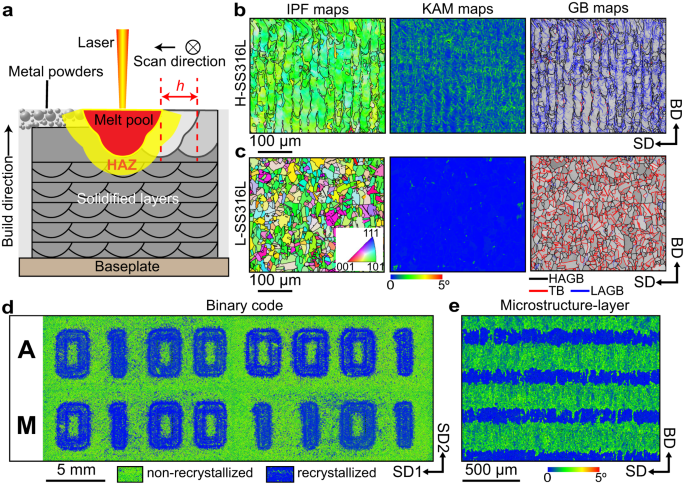2023-10-30 アメリカ合衆国・ウェストバージニア大学(WVU)

・ WVU が、3D プリント作製した二酸化チタン(TiO2)フォームの宇宙空間における UV 線遮蔽と浄水の機能に関する研究成果を報告。
・ WVU では、宇宙船、月や火星での長期間の探査活動や居住の支援を目的に、極微~無重量の環境下で機能する 3D プリンティング技術を開発している。宇宙空間でのミッションでは輸送できる資源に限りがあり、材料や機器は地球から輸送するよりもオンサイトでの製造が必要となる。3D プリンティング技術はそれを可能にする手段となる。
・ 3D プリンターノズルからのフォームの吐出と基板への広がりに重力の及ぼす影響を調査し、極微重力下と地球の重力下でのフィラメント形状の違いを調査。プリンティングの速度やノズルからの材料吐出圧等の条件を変え、フィラメント形状への作用を特定した。
・ 2016 年の TiO2 フォームの研究開始当時は、ボーイング 727 の機内でパラボリックフライト(放物線飛行)時に発生する 20 秒間の無重力状態でガラススライド上に線をプリントする実験を実施した。
・ 月の鉱床には、フォームを作るための TiO2 に類似した物質が存在することが知られている。このようなオンサイト資源を利用して宇宙飛行士や電子機器等を UV から保護するシールド等の機器をオンサイトプリント作製し、高コストで重量の制限される宇宙への機器輸送の課題に対処する。
・ TiO2 フォームのサンプルに紫外線から可視光波長領域の光を照射した UV 遮蔽効果の試験では、ほとんどの UV 光の遮蔽と微量の可視光の透過を確認。僅か 200μm の薄さでの UV 遮蔽効果に加え、光による化学反応で空気や水を浄化する光触媒特性も実証した。
・ 本研究は、NASA Flight Opportunities Grants および WVU Department of Mechanical & Aerospace
Engineering.が支援した。
URL: https://wvutoday.wvu.edu/stories/2023/10/30/to-advance-space-colonization-wvu-research-explores-3d-printing-in-microgravity
<NEDO海外技術情報より>
関連情報
ACS Applied Materials and Interfaces 掲載論文(フルテキスト)
Direct Writing of a Titania Foam in Microgravity for Photocatalytic Applications
URL: https://pubs.acs.org/doi/10.1021/acsami.3c09658
Abstract
This work explores the potential for additive manufacturing to be used to fabricate ultraviolet light-blocking or photocatalytic materials with in situ resource utilization, using a titania foam as a model system. Direct foam writing was used to deposit titania-based foam lines in microgravity using parabolic flight. The wet foam was based on titania primary particles and a titania precursor (Ti (IV) bis(ammonium lactato) dihydroxide). Lines were also printed in Earth gravity and their resulting properties were compared with regard to average cross-sectional area, height, and width. The cross-sectional height was found to be higher when printing at low speeds in microgravity compared to Earth gravity, but lower when printing at high speeds in microgravity compared to Earth gravity. It was also observed that volumetric flow rate was generally higher when writing in Earth gravity compared to microgravity. Additionally, heterogeneous photocatalytic degradation of methylene blue was studied to characterize the foams for water purification and was found to generally increase as the foam heat treatment temperature increased. Optical and scanning electron microscopies were used to observe foam morphology. X-ray diffraction spectroscopy was used to study the change in crystallinity with respect to temperature. Contact angle of water was found to increase on the surface of the foam as ultraviolet light exposure time increased. Additionally, the foam blocked more ultraviolet light over time when exposed to ultraviolet radiation. Finally, bubble coarsening measurements were taken to observe bubble radius growth over time.



